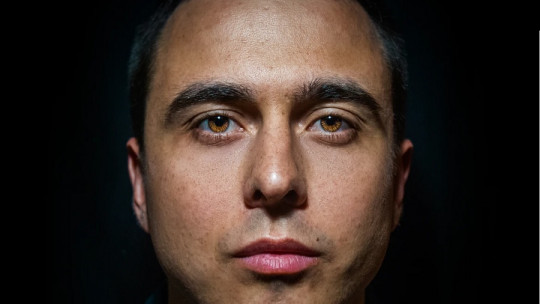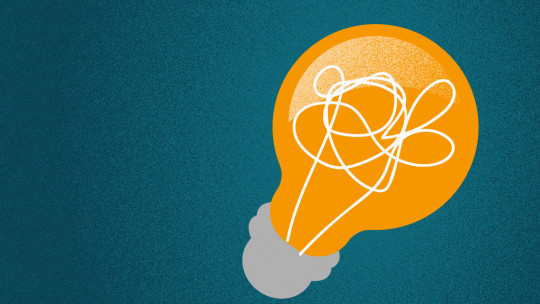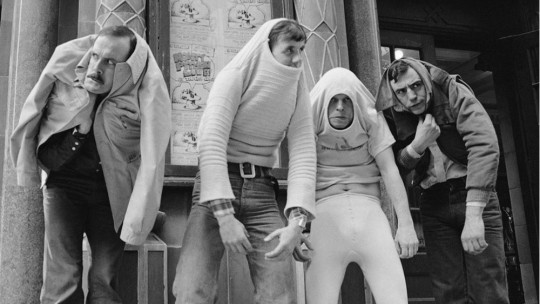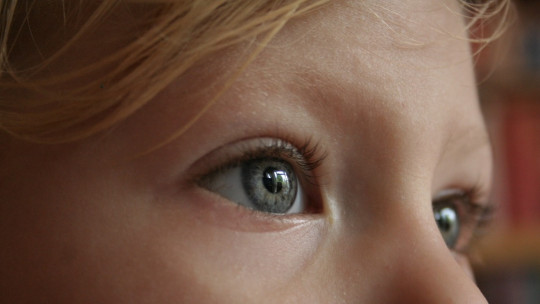
Do you know what counterfactual thinking consists of? And what do you know about prefactual thinking? On the one hand, both concepts are related, and on the other, they are actions that are closely related to our personality.
Counterfactual thinking It consists of the mental simulation of different alternatives that could have occurred in the past and ultimately did not occur, while prefactual thinking is the simulation of potential alternatives to a future situation.
What is counterfactual thinking?
As we have already introduced, counterfactual thinking consists of the mental simulation of different alternatives that could have occurred in the past, but that ultimately did not take place. For example, imagine the places where you could have worked in the art world, which was your passion, if you had not finally chosen to dedicate yourself to finance.
We have mentioned that, on the contrary, prefactual thinking consists of the mental simulation of potential alternatives to the same situation, but which have not occurred For example, going to an anniversary party with the family and imagining all the possible scenarios regarding the guests who come or not, the food there is, the gifts, etc.
In this article we are going to talk to you about the characteristics that surround counterfactual thinking, prefactual thinking, and finally a little about their relationship with the different personality traits that can exist and be developed by human beings.
Counterfactual thinking, prefactual thinking and personality
It is logical to think that the type of thoughts we develop most frequently in our heads may depend on the type of personality we have. In turn, these thoughts can generate a series of emotions and sensations in us.
In the article Looking Behind and Looking Ahead: Personality Differences in Counterfactual and Prefactual Thinking recently published in the journal Imagination, Cognition and Personality, it talks about the relationship between these two types of thoughts and personality traits and what emotions can be generated from these thoughts.
The article puts counterfactual thinking and prefactual thinking in the context of the different parameters or traits of personality, the so-called “Big Five Personality traits”.
The five big personality traits
The five big personality traits, commonly known in English as Big Five Personality traits, are the five elements or personality traits from which personality itself is studied.
This Big Five concept was postulated by British psychologist Raymond Bernard Cattell (England, March 20, 1905 – USA, February 2, 1998), whose works focused on the study of intelligence and personality.
These traits are also known as the ‘dimensions’ of personality. These five factors are the following: factor O (linked to the ability to be open to new experiences), factor C (linked to responsibility), factor E (referring to extroversion), factor A (regarding kindness) and finally the N factor (related to neuroticism or emotional instability). If we put all the factors together, we get the acronym “OCEAN”.
On the other hand, these traits are not pure, but in turn, each of them is made up of a set of more specific personality traits
For example, factor A (linked to kindness), in itself includes respect, tolerance and tranquility, factor C (related to the sense of responsibility), in turn constitutes discipline, organization, and ability. of concentration, and the N factor (related to neuroticism and emotional instability) includes characteristics of obsession, insecurity, anxiety, restlessness, among others.
What relationship do these types of thinking have with personality?
Thus, the article in the journal Imagination, Cognition and Personality, reveals the relationship between counterfactual thinking and prefactual thinking, and the five personality traits, and shows how people differ in their way of thinking about depending on which personality traits are most exacerbated.
The study showed that counterfactual thinking It is more common in people with a high degree of neuroticism (N factor) and low agreeableness (factor A).
That is, these types of more sociable people have a greater tendency to imagine the possibilities of things that could have happened and yet did not happen. Furthermore, these people tend to focus their attention on avoiding possible threats, which is why they analyze past situations a lot.
On the contrary, the study has shown that prefactual thinking is more frequent in people with a less neurotic tendency, greater kindness and greater extroversion.
That is, less neurotic people with greater social skills, They tend to think more about potential alternatives to future situations that have yet to happen
Relevant data
In addition, it has been shown that regret for actions taken in the past can give rise to what has been called hot emotions, which are emotions of anger, frustration and shame.
Interestingly, it has also been shown that Those people with a greater tendency to lie tend to generate more counterfactual thoughts This is because some forms of lying require imagining alternatives to past events.
This information supports the idea that negative emotions are closely related to the fact of ‘living’ in the past and not moving forward and positive emotions are more linked to the future (future goals, dreams, potential options…).
The personality linked to thought
We have seen how counterfactual thinking is related to personality, and by extension, how personality (which encompasses emotions, feelings, abilities, skills, limitations, character, etc.) is closely linked to the type of thinking we develop.
This thinking may be more focused on the past and obsolete possibilities, or it may be more focused on the future and its potential alternatives.
In any case, we must not forget that personality is not a solid and pure plank, but rather it is about a ladder of nuances where we can possess different traits in different quantities and therefore, throughout our lives, we will have ideas of counterfactual thinking type and we will have ideas of prefactual thinking type.








